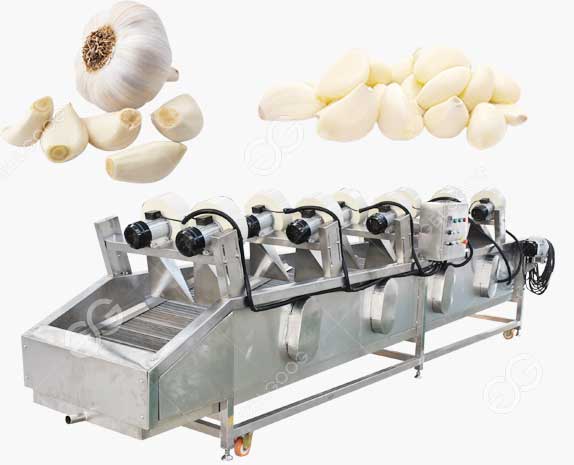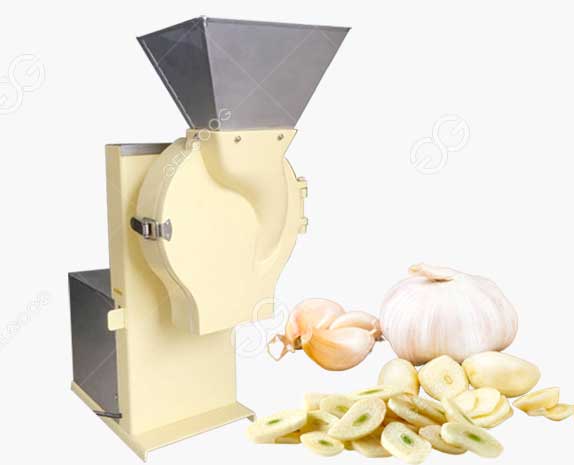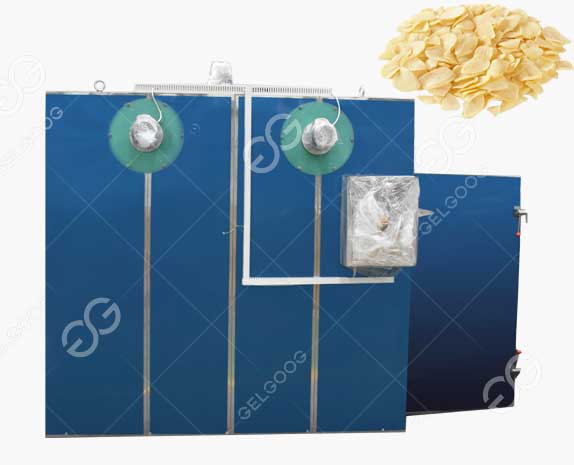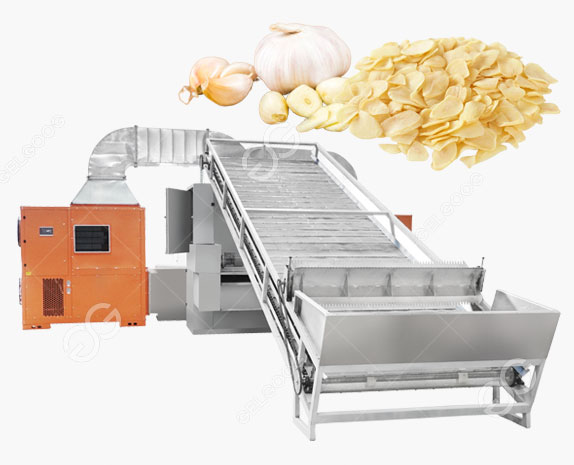Dehydrating lemons is a process of removing the water content from the fruit, leaving behind a dried and preserved product that can be used in various ways. Industrial lemon dehydrating is a more efficient method of removing water from the fruit, and it is commonly used by food producers to create an array of lemon products like powder, flakes, and more, while preserving the lemons for an extended period.
If you're interested in dehydrating lemons on an industrial scale or simply wish to know how the process works, then this blog is for you. In this article, we'll discuss the steps involved in dehydrating lemons on an industrial scale, and the benefits of using this method.
Step 1: Selecting the Right Lemons
The first step in industrial lemon dehydration is selecting the right lemons. To ensure that the lemons dry properly, you need to select fully ripened and unblemished lemons. As the lemon will undergo a dehydration process, any blemish it has will become more apparent. Therefore, it is important to choose the best quality lemons for the process.
Step 2: Preparing the Lemons
Once you have your lemons, the next step is to prepare them for dehydration. Since industrial dehydration is done on a larger scale, there are specified machines that would be used in this process. The industrial processor would clean and remove the outer peel of the lemons before slicing them into uniform sizes. The lemon slices must be of the same size to ensure they dry evenly and at the same rate.
Step 3: Dehydrating the Lemons
The actual dehydration process begins once the lemons are properly cleaned, peeled and sliced. The lemon slices are then placed in a closed lemon drying machine with a constant flow of heat and air circulation. In this machine, the temperature is strictly regulated to prevent the lemons from getting burned, over-dried or soggy.

The drying process takes approximately 8 to 12 hours depending on the amount of moisture the lemons have. During the process, the machine automatically adjusts the temperature and relative humidity to promote uniform drying. To test if the dehydration process is complete, you can check that the lemons are brittle to the touch, and they won't stick together.
Step 4: Packaging the Dehydrated Lemons
After the drying process is complete, the dried lemons are removed from the drying machine and stored in an airtight container to prevent any additional moisture from getting in. These airtight containers are then sealed and labeled for storage. The dehydrated lemons can be stored for up to 12 months without getting spoilt.
Benefits of Dehydrating Lemons in Industrial
-Industrial dehydrating of lemons is more time-efficient, and it reduces the amount of manual labor needed in the process.
-Using an automatic drying machine ensures that the temperature and humidity are strictly regulated to produce consistent and predictable results.
-Industrial dehydrating of lemons is a more eco-friendly way of preserving food. It reduces food waste, and eliminates the need for added preservatives.
-Dehydrated lemons can be used in various products like tea, spice rubs, mulled wine, and lots more.
In conclusion, industrial dehydration of lemons is a time-efficient way of preserving lemons while maintaining their quality. Follow the four steps discussed in this blog post for the perfect results in your lemon dehydration process. With the right equipment, you can enjoy the many benefits of industrial dehydration and have a ready supply of dehydrated lemons for culinary uses.




